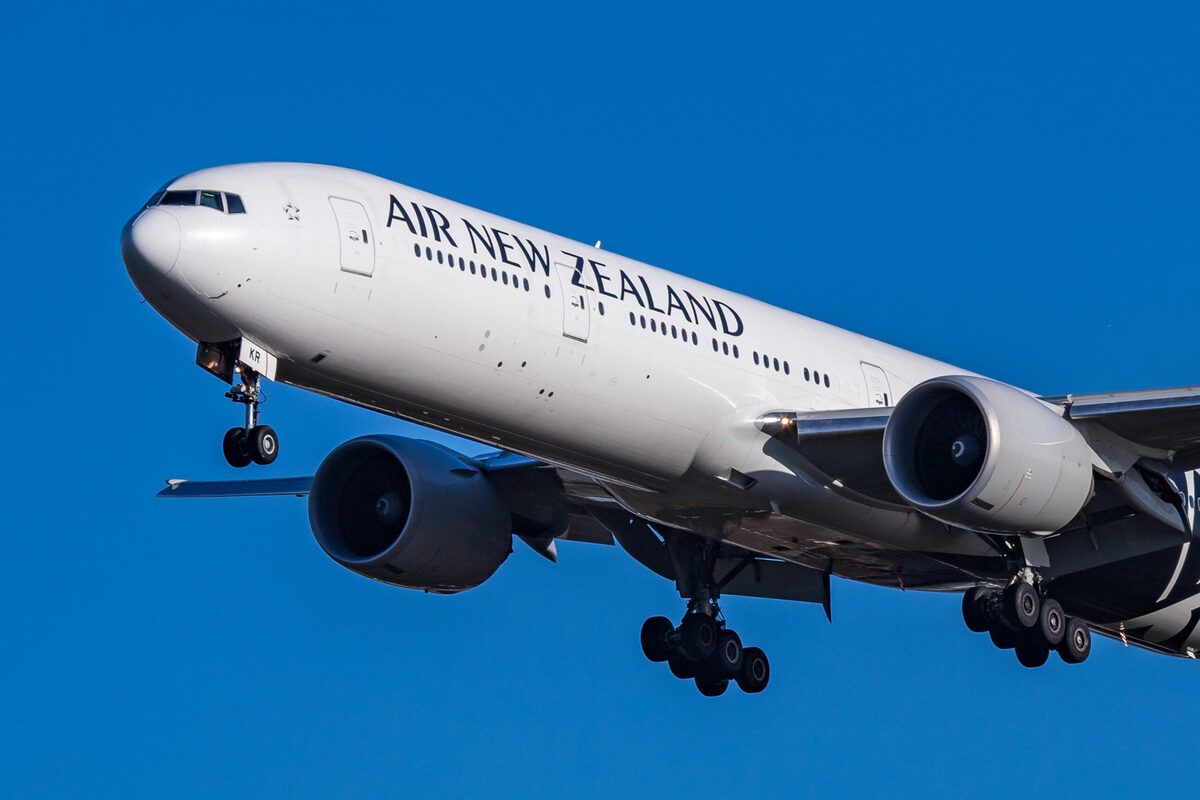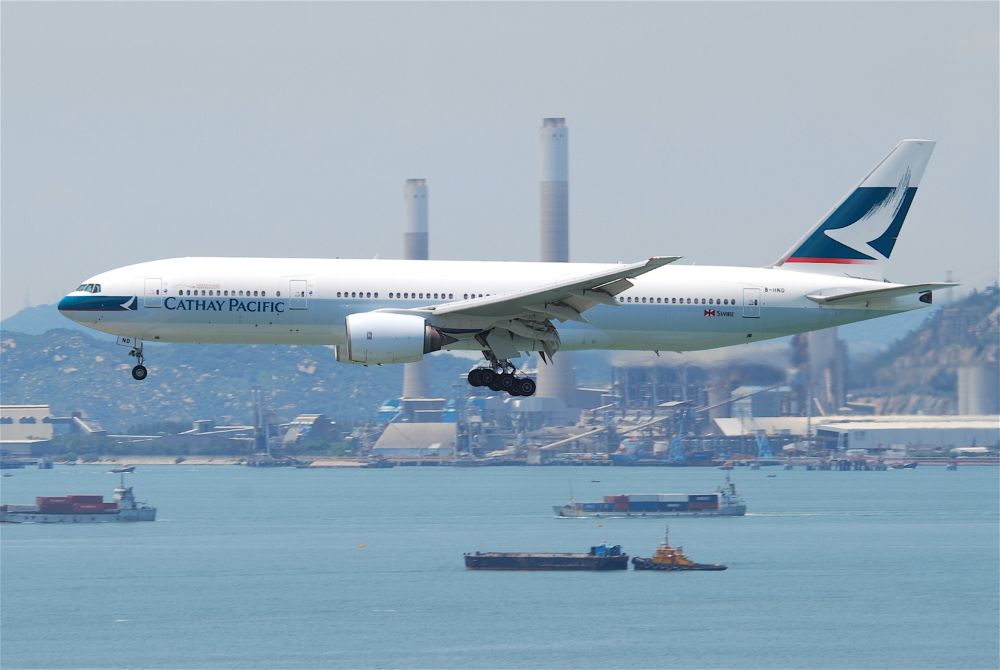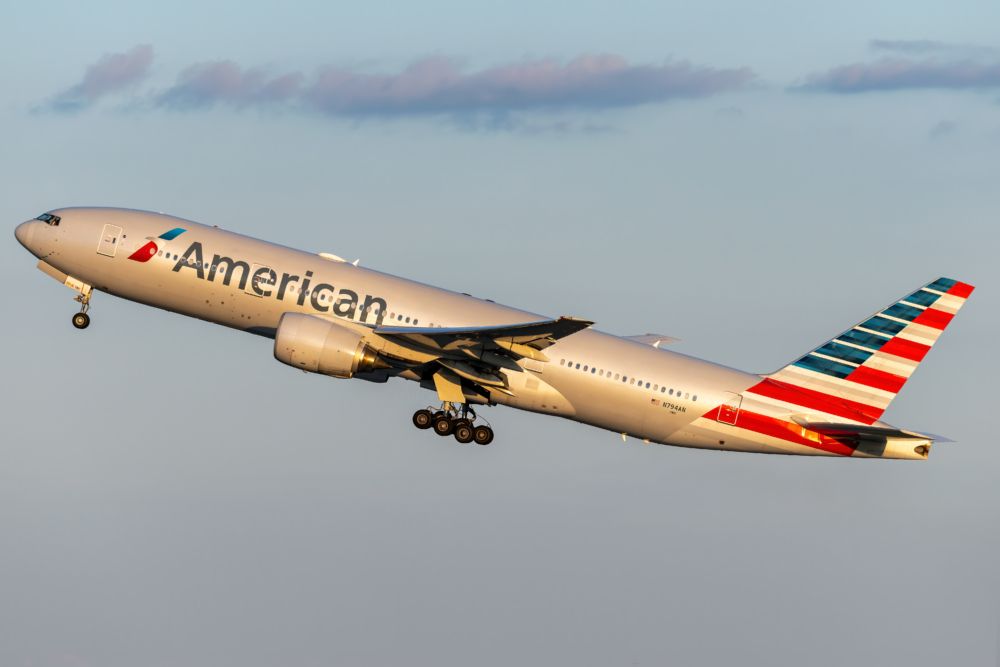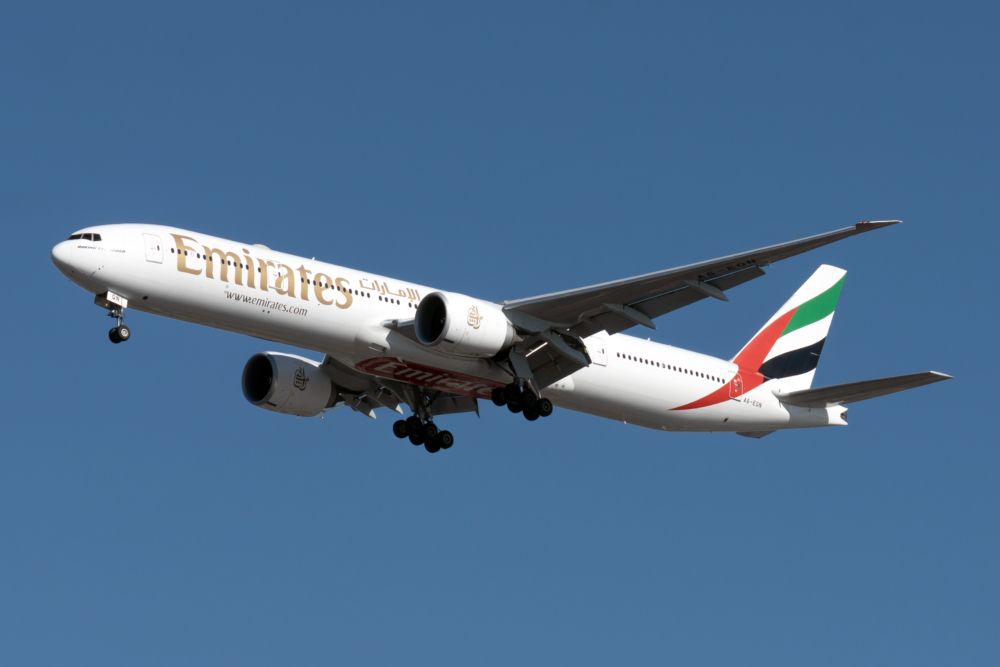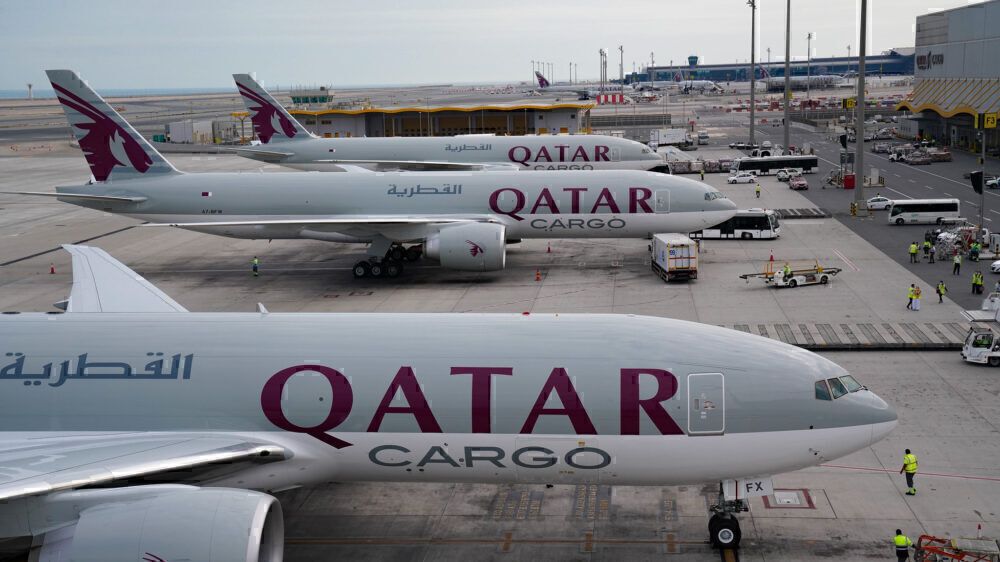The Boeing 777 is the most popular widebody family in the world, with over 1,670 aircraft produced. However, with new generations of 777s joining fleets and the pandemic grounding long-haul planes, how many aircraft are actually flying? Here's a look at how many active and stored 777s there are today.
Data in this article is courtesy of AeroTransport Data Bank (ATDB.aero).
Gamechanger
The first Boeing 777 took to the skies on June 12th, 1994, marking a new era of long-haul aircraft. The twin-engine jet launched with ETOPS clearance, allowing it to fly all the long-haul routes reserved for tri- and quad-engine planes. The first generation of the 777 had two variants, the -200 and -300, as well as the -200ER (extended range) version.
Considering these planes are over 25 years old, most went inactive years ago. All 88 of the original 777-200s are either stored (44), derelict (39) or scrapped (nine). One aircraft lives on in a museum in Arizona, donated by Cathay Pacific.
The larger 777-300 has fared slightly better. Of the 60 built, six remain active today. 46 are currently stored, five are derelict, two are stored, and one crashed. Rossiya operates five of these classic 777s, while Air Peace flies the sixth.
Stay informed: Sign up for our daily and weekly aviation news digests.
Big leap
The 777s first huge leap came in 1996, with the release of the 777-200ER. The aircraft quickly became a runaway success, with a massive 422 built in total. These planes have fared well too, with 182 currently active in fleets around the world. 183 have gone into storage, 42 derelict, nine have been scrapped, and six crashed in the last 26 years.
British Airways, United, American, and dozens of other airlines continue to fly the 777-200ER to this day. From domestic to long-haul routes, this jet remains reliable decades into service.
However, undoubtedly the most successful Boeing 777 to date has been the -300ER. Combining range and capacity, the aircraft is a mainstay in airline fleets across the globe, with a staggering 827 built to date (and six more on order!). Of these, 703 remain flying, while 107 are sitting in temporary or permanent storage. Only 16 77Ws are derelict, and one has been scrapped.
The biggest operator of the 777 is Emirates, followed by Cathay Pacific, Qatar Airways, Air France, Saudia, and scores of others. These planes are here to stay for years more as airlines choose their future direction.
Boeing also built the 777-200LR, an ultra-long-haul jet meant to open up new nonstop flights. 61 aircraft were built in total, with 38 in active use today. 18 are in storage, four derelict, and one scrapped.
The freighter in the room
While passenger 777s have undoubtedly been successful, Boeing's control of the freighter market is unrivaled. This is thanks in part to the 777F (based on the -200LR), which has sold 222 units. 208 of these have been built already, and an impressive 207 are in active use today. One 777F has crashed, rounding off the list.
However, the 777 family is not over yet. Boeing's next big aircraft is the 777X, which promises to improve the 777s economics and passenger experience. Four test aircraft have already been built, and 320 remain on order. With 1,671 units built since 1994, the 777 is the most successful widebody program to date.
What do you think about the 777 program? Let us know in the comments!

